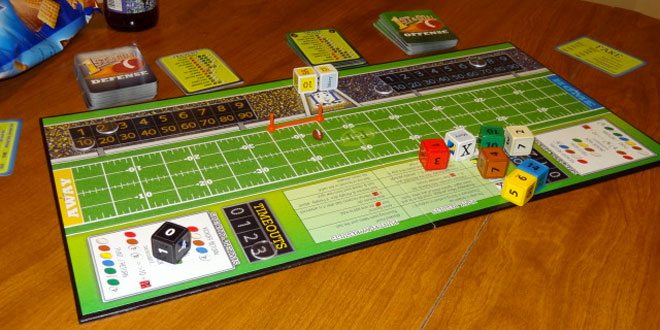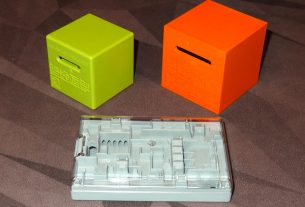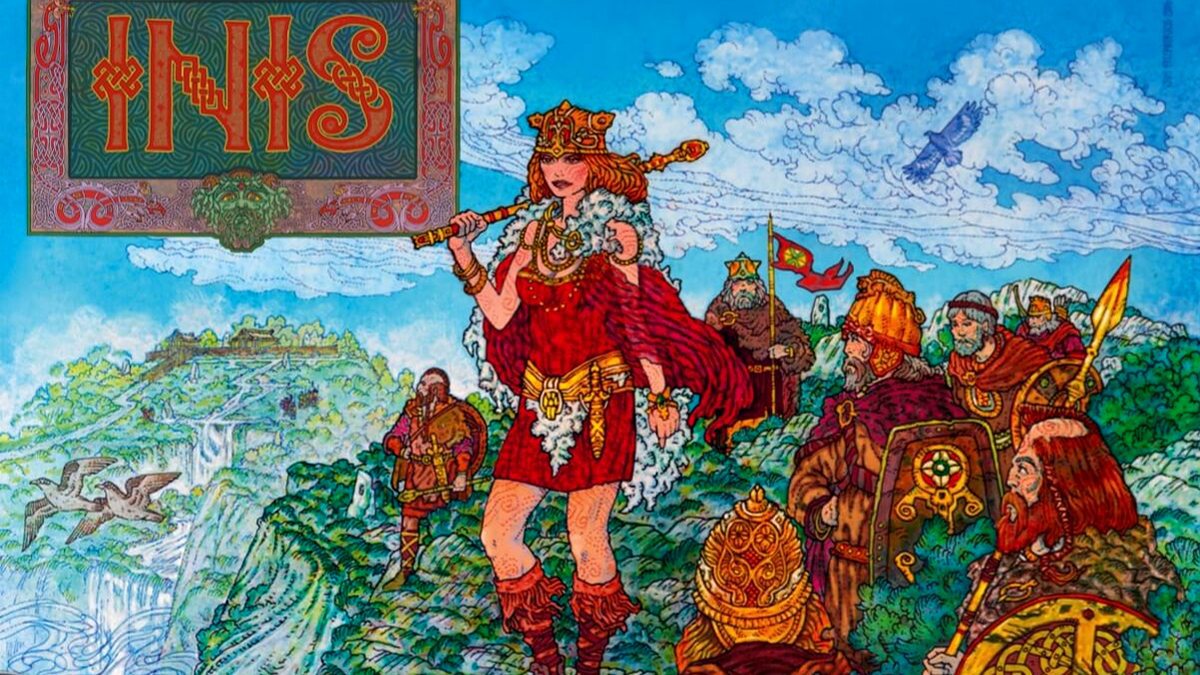
Beauty abounds in the rolling hills, wind-blasted moors, and jagged crags of the island of Inis. But don’t be fooled by the picturesque landscape… There’s war afoot and only the most cunning and ambitious clan will be able to rule this stunning land.
Inis at a Glance
Released in 2016 from designer Christian Martinez, Inis is the spiritual successor to publisher Matagot’s hugely successful Cyclades (2009) and Kemet (2012). Both were excellent, well-received games in their own right and strong entries into what is colloquially referred to as the “dudes on a map” genre of game, which often involves at least some element of area control as you move tiny, plastic armies around in a fight for supremacy.
But Inis ($69.99) is no retread. If anything, this 2-to-4-player strategy game is a distillation of many of its predecessors. It contains a lot of familiar mechanics and ideas, but all of them are presented simply, boiled down to their essence and carefully integrated into the sleek, streamlined 60-90 minute playtime.
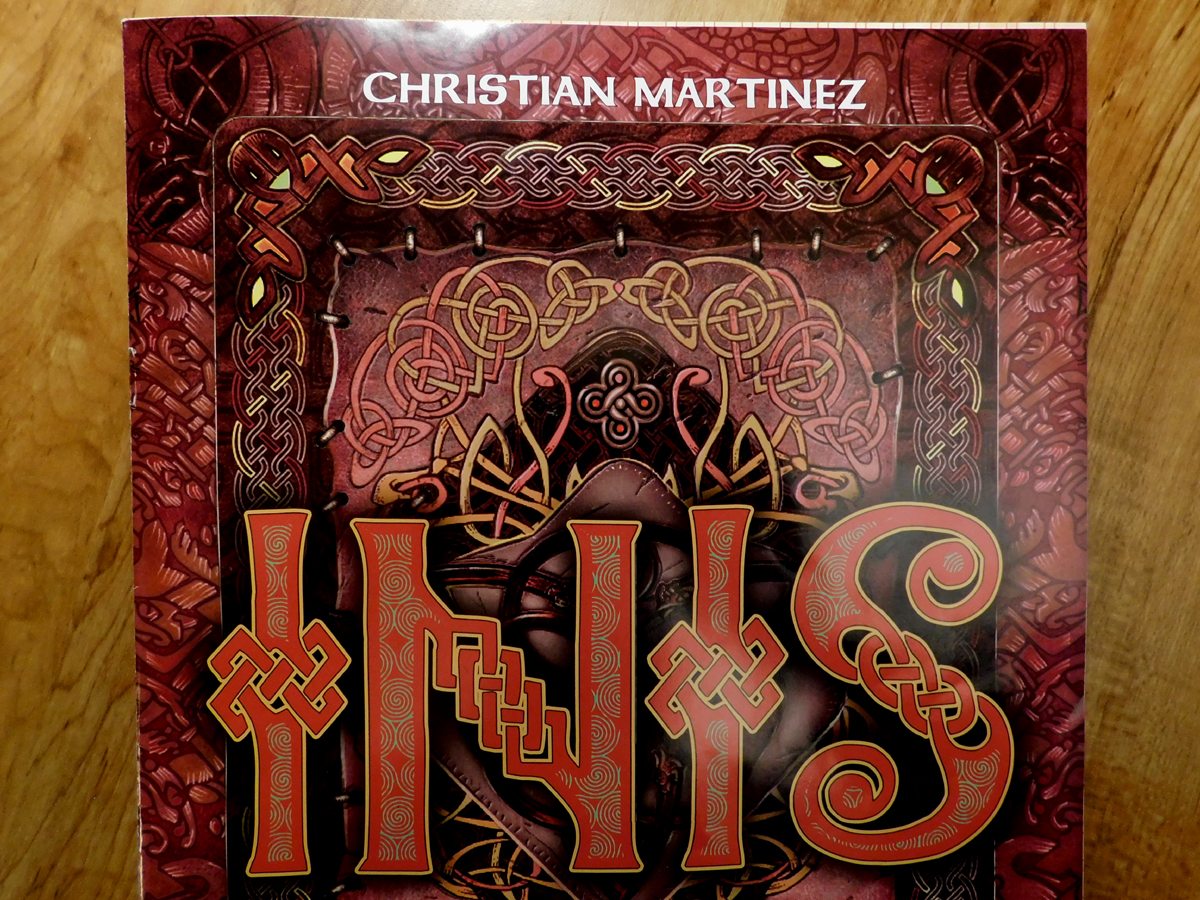
The Components of Inis
Inis first caught my eye not because of any review or award, but because of the stunningly-stylish art on the over-sized, rectangular box, which featured a beautiful and imposing female warrior leading her clan across the lush green of the island. This piece by renowned artist Jim Fitzpatrick is echoed across the cards and complemented by the lavish landscape illustrations on the game tiles by Dimitri Bielak. Far from many games that over-promise with what’s on the box and under-deliver with what’s in it, exploring the contents of Inis is like Christmas morning, with each exquisite gift only trumped by the exciting promise of the next.
The box contains:
- 16 Territory tiles
- 20 Buildings
- 10 Citadels (1 of these the slightly larger ‘Capital’)
- 10 Sanctuaries
- 17 Action cards (green)
- 16 Advantage cards (yellow)
- 30 Epic tale cards (red)
- 4 Player reference cards
- 15 Tokens/Markers
- 4 Pretender tokens
- 1 Crows token (to indicate direction of play)
- 1 Brenn marker
- 1 Festival token
- 8 Deed tokens
- 48 Clan figures
- 12 Green
- 12 Orange
- 12 White
- 12 Blue
- 1 Rulebook
And that’s it. For a box this large, the contents might seem underwhelming in terms of quantity, but they more than compensate when it comes to quality. In an age where many publishers are cutting corners on their production costs with tiny, undersized components, Inis goes the opposite direction. Wholly apart from the incredible illustrations found on every inch of the game, all of the cards are large, tarot-style decks made of heavy, durable material. And the tiles themselves, which will form your world, are enormous and unique. Instead of hexagons or squares or any of the traditional shapes you would expect in a game like this, these tiles are angular and jagged, at once alluring and dangerous, much like the world they are laid out to create.
All of this, while not integral to the gameplay itself, serves to create a more immersive and epic setting for the struggle that is about to ensure the moment the game begins.

How to Play Inis
At 11 pages, the rulebook to Inis is exceptionally slim. So while the box size can be deceiving in terms of implied complexity, the game is one that can be both learned and taught with ease.
Goal
There are 3 ways to win a game of Inis as your spread your clan across the island fighting, building, and sometimes simply coexisting. Each of these win conditions hinges around the number 6, so keep that number tucked in the back of your mind. The win conditions are:
- Exploration–You can win by simply having clans in 6 or more different territories.
- Dominance–You can win by being chieftain over 6 or more opposing clans (each unit is a clan and the player with the most clans in a given territory is considered ‘Chieftain’ over any other clans present).
- Peace–You can win by having clans in territories that contain 6 or more sanctuaries.
All of these paths are simple, and each seems easily attainable at the start of the game. However, you quickly come to realize that the island of Inis isn’t as spacious as you thought at first, and your plans are hastily curtailed by those of your Celtic neighbors around the table.
Setup
The game starts small, simple, and unassuming. Three of the territory tiles are linked together to form the starting board–these can either be chosen at random or, for new players, predetermined lands are chosen. The starting player is randomly chosen and given the Brenn token and they place the capital building (a slightly larger citadel) in one of the territories of their choice. Then, beginning with the Brenn and going around the table, each player places a clan into any territory they wish until all players have 2 clans on the board.

Although this all seems simple enough, the strategy has already begun. Players can choose to spread their 2 clans across different territories, effectively doubling how close they are to the exploration mode of victory. Or they can consolidate their forces around the capital, as the player who is chieftain of the capital will become the Brenn at the start of each turn. Or maybe you want to be peaceful and simply place your clans away from the other players to the best of your ability in this limited starting space. Whichever path you choose, these opening decisions are integral to how the game will develop.
Gameplay
Each round of the game is broken into two basic parts: the assembly phase and the season phase. The first, the assembly phase, is essentially just routine upkeep to the island of Inis, as you readjust based on the events of the previous turn.
Assembly Phase
- Assign the Brenn: Remember, the player with the most clans in any territory is chieftain of that territory, and the player who is chieftain of the territory containing the capital city is the Brenn. As such, they will be given the Brenn token to signify their position as well as the flock of crows token, which the Brenn is in charge of. While control of the capital may change mid-round, the Brenn is only assigned here, at the start of each round.
- Check for Victory: Players need 2 things to win. First, they need to have completed a win condition (and they can’t be tied for that completion with somebody else or the game continues). Second, they need to have a pretender token in their possession. This token can be claimed by any player who meets the requirements of a win condition (it’s taken during the upcoming seasons phase) and serves as a warning to other players that the opposition is about to win. This giant, purple warning token means that the combined resources of the other players will almost certainly and immediately be turned against you to strip you of your win condition. However, if you still have that win condition here, at the beginning of the assembly phase, then victory is declared yours and the game is over.
- Take Advantage Cards: Each of the 16 territories in Inis is unique. Some have special penalties or bonuses or effects that activate during the season, but all of them come with a unique advantage card. This is awarded to the chieftain of that territory and added to that player’s hand. If unused at the end of the seasons phase, it is then discarded and reassigned during the next assembly phase where, once again, it will be given to the new (or sometimes old) chieftain. You’ll find some territory cards lend themselves to certain strategies and, if you discover one that works especially well for your plans, you’ll soon see your clans fighting tooth and nail to maintain your hold on that territory so that you continue to receive that specific advantage card each round.
- Determine Play Order: While play always begins with the Brenn, the direction will vary. So at this point, the Brenn flips the flock of crows token, which indicates clockwise or counterclockwise on its respective sides. This will then be used to determine play order and order of certain effects throughout the rest of this round.
- Deal Action Cards: The 17 action cards are now prepared and dealt to the players. This is subject to specific rules based on the player count, and for a player count of 3 or fewer, certain cards will be removed and returned to the box. As the final step of preparation before dealing, the Brenn will randomly remove one card from the deck that will not be dealt that round. The remaining cards are dealt evenly to all players.
- Draft: Players now will select 1 card to be placed in their hand before passing the remaining cards to the next player. However, you are not forced to keep the card or cards you’ve selected. Instead, you can always throw back your hand for an even number of new cards. For example: Say you take your first card and then pass the remaining 3 to your left. In the 3 cards you get from the player on your right is a pair of cards that would combo perfectly. Since you’ll be taking 1 card anyways, that means your hand size after this should be 2. So instead of taking just 1, you throw back your initial card and take 2, and then pass the remaining 2 on to your left. While this system is unique and may take a bit to internalize, it’s brilliant in that it means you’re never locked into a bad strategy. Drafting has a healthy amount of chance, and this “throw it back” mechanic serves to ameliorate the chance while allowing you to maximize your strategy. (Note: the advantage cards you received earlier are not part of the draft and should be set aside and only mixed in with your hand after the draft is complete. This also applies to any epic deed cards you may have, which we will cover later).
So, with the Brenn leading the way and your hands of cards dealt, you pass from the assembly phase into the season phase.

Season Phase
The season phase is where players (starting with the Brenn and moving in whichever direction indicated by the flock of crows token) can start taking actions. Each player has 3 different choices every time the turn reaches them:
- Play a card
- Pass
- Take a pretender token
Playing a Card
Playing cards is the heart of Inis, and will dictate everything that takes place in the game. Cards will allow you to explore and reveal new territories, to move your clans around to and from existing territories, to construct new citadels and sanctuaries, to add new clans to the board and, finally, to start clashes (battles) with other players. Some cards will give you multiple options, while others give you little choice but provide powerful bonuses. One card–the ‘Geis’–simply allows you to negate the effect of another player’s card.
The core effects of the 17 (or, with 3 players, 13) action cards will very quickly become known to you. Although the single card removed from play before the draft leaves some element of uncertainty, you will have a pretty good idea of what other cards are in play and, thus, what your opponents are capable of in a given round. You’ll find yourself flinching every time you play a card, just waiting for the player who has the Geis to play it. This familiarity with the central abilities of the game, far from making it grow stale, instead deepens your strategy. In an era where games are growing increasingly complex, with such titles as Twilight Imperium gobbling up tables with their endless choices, it’s refreshing to play a game that you can not only learn so quickly, but more importantly can understand so quickly. And there’s plenty to discover, as you still have the territory cards to learn and also your deck of 30 epic tale cards.
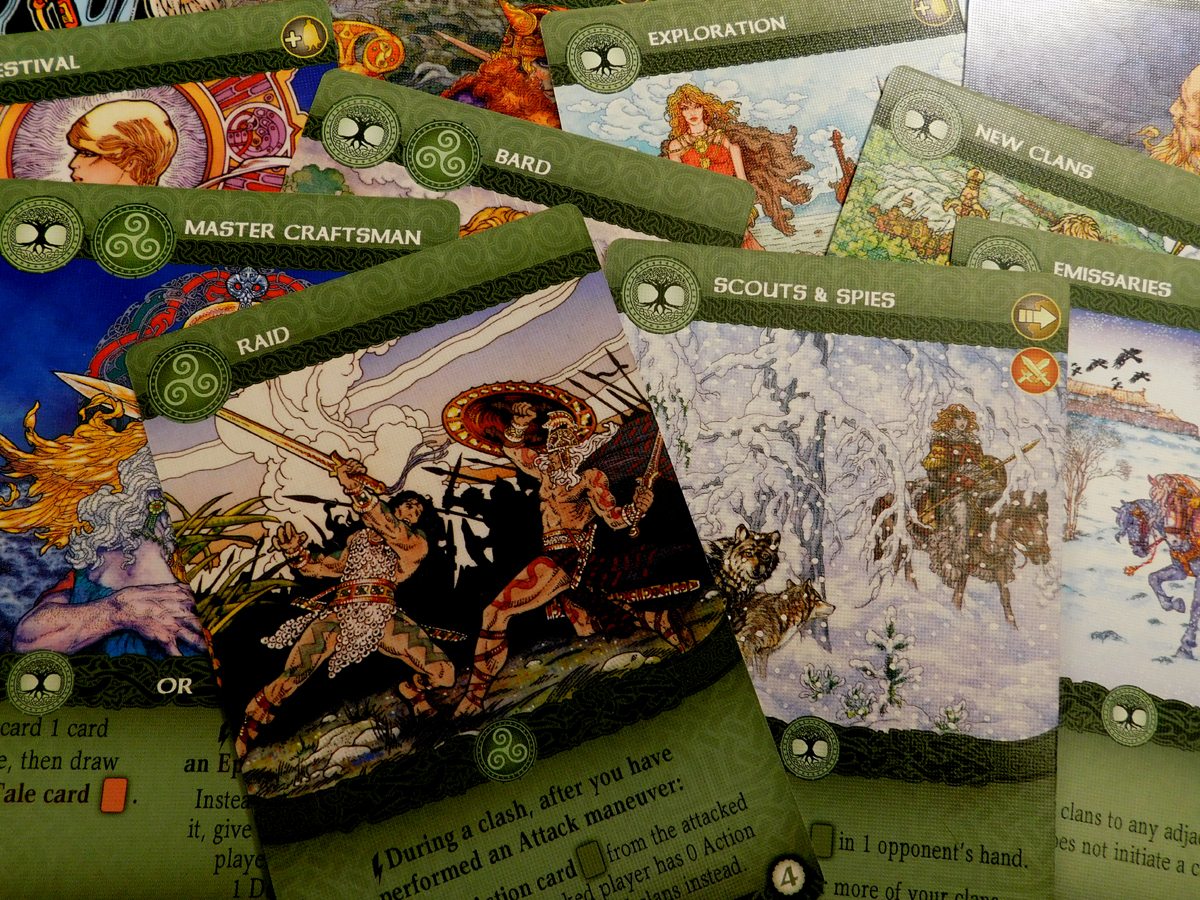
These red-backed bonus cards are awarded by certain action cards, often tied to your ability to win a battle or achieve some other effect, which in return lets you draw from the epic tale deck. These cards remain in your hand between rounds, only going away when you play them. This is important, because they are far less general than your actions and even your advantage cards. The epic tale cards often offer powerful bonuses under very specific circumstances, which will serve to sway your entire strategy as you strive to make the card useful.
But sometimes you won’t want to play these cards at all, instead choosing to build up your complement of epic tale cards, combined with your advantage cards, and finally adding in your 4 action cards to form a hand that can be twice as large as other players’ or more! And this is more than mere intimidation, because hand-management is key to imposing your will on the isle of Inis.
Passing
Your second option when your turn comes around is, instead of playing a card, to simply pass. Sometimes this choice is forced upon you, because you either have nothing left that you can play or, more often, simply have no cards left in your hand at all. At other times, though, you may choose to pass simply to see what your opponents will do. Because their victory cannot come without warning (don’t forget about the pretender tokens), passing can allow you to watch their plans develop before you launch you own, giving you a bigger window in which to react.

This strategy comes at a risk, though, one that canny opponents will seize on to punish your procrastination. Each round will continue as long as players are active. If and when every player has passed in succession, then the round immediately ends and all unused action cards are discarded to be drafted again next round. If players realize you are passing too much and trying to run them out of cards before you fire off a volley of moves unimpeded, then they will simply cut your turn short by passing after you do, which introduces a push-your-luck element that adds a nice spice to the season phase.
Taking a Pretender Token
Your final option on your turn is to simply claim a pretender token, which will allow you to win the game during the next assembly phase if you still are able. You cannot claim the token unless you meet the win conditions, and taking the token is sure to bring about the ire of the opposing clans, so don’t take the token unless you’re ready for a clash or two.
Clashing
Clashing is Inis‘ form of combat. It’s a microcosmic mini-game that kicks your hand-management and area-control into hyper-drive. When a clash is instigated (which can only be done by playing certain cards), a few things happen. First, all the involved players (i.e., any player with at least 1 clan in the territory) decide whether or not they want to clash at all. Even though the card gives you the option, sometimes you don’t want to fight and would rather just trot off home to a nice stew and a comfortable bed. Ultimately, though, if at least one player wants to fight then a fight is going to happen.
In this case, starting with the player next to the instigating player, clans are placed 1 at a time into Citadels, where they will be safe from the slaughter and only return once the battle is done. Citadels provide a good way to cling by your fingertips to certain territories, even if only with a single clan which, for certain victory conditions, is all you need.
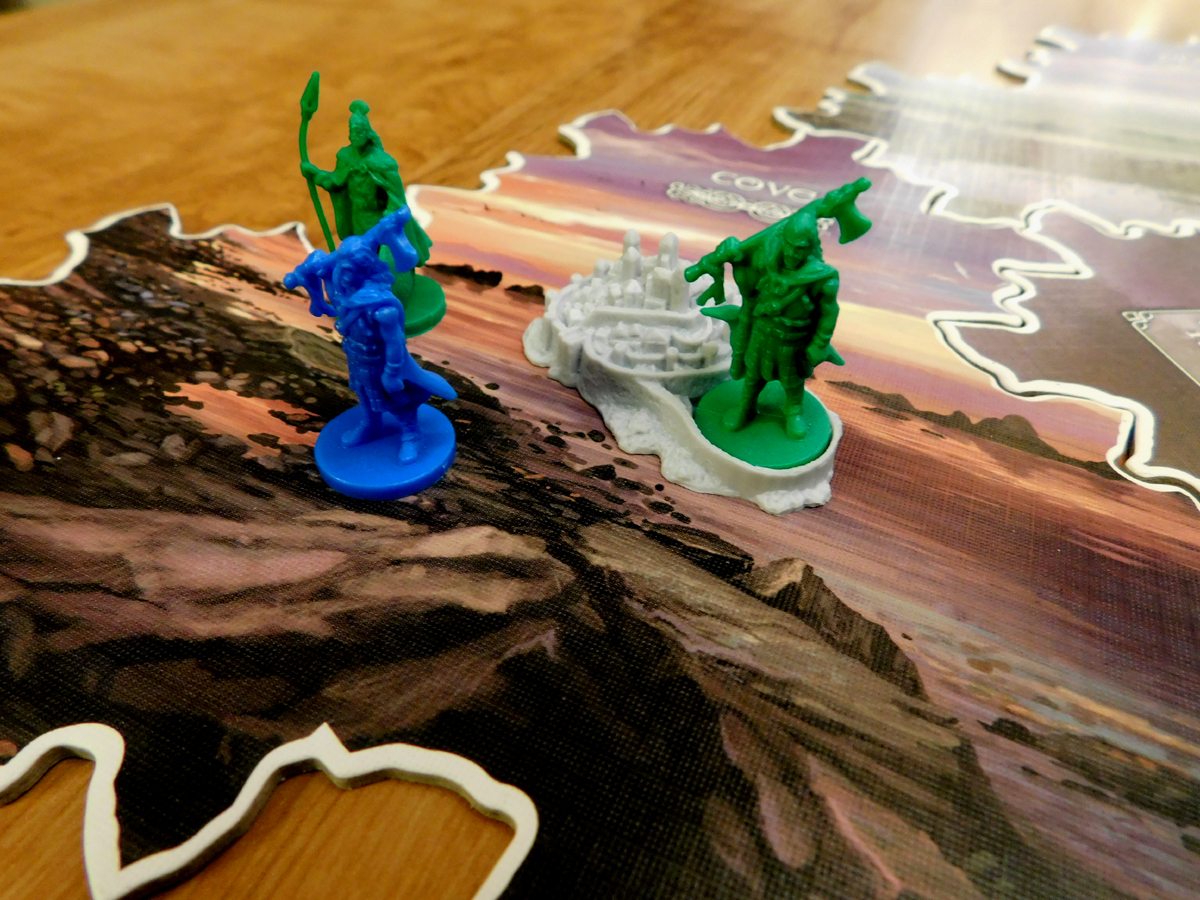
Once all the citadels are full, the clash begins. Whoever started the fight has the advantage, which means they go last in the clash. In turn, players in the clash must perform 1 of 3 different maneuvers:
- Attack: An attack is signified by discarding one of your remaining action cards in your card (this cannot be done with advantage cards or epic tale cards). This is your “sacrifice” for battling, and the clash continues on.
- Remove a Clan: If you don’t have any actions cards left, or simply don’t want to sacrifice what you have, you can remove a clan from the territory instead, and the clash continues on.
- Play an epic tale card: Some epic tale cards will come into play during clashes, allowing you special maneuvers or keeping you from losing either cards or clans. These effects will be detailed on the card and can be used at this point.
Your 4th and final option is diplomacy. Before any maneuver done by any player in the clash, everyone can discuss whether or not they want to continue to fight. Sometimes you’ve got what you wanted and, while other clans are still present, you’re the chieftain now and you don’t want to incur any further casualties. Sometimes you took the brunt of the fight and are begging the other players to pull back between every maneuver.
While experienced players may expect clashing to be a bigger part of Inis, combat is used sparingly. Many rounds there will be no clashes, or if there are they will be immediately called off. This is because Inis gives you so many paths with so few resources. Because you only have 12 clans at your disposal, and only receive 4 action cards per turn, you will be loath to throw any of that away in a battle that, at most, will give you an extra advantage card next round. Only under certain circumstances when the game hangs in the balance will you find yourself launching a full-on assault.
End of Game
That, in short, is the game. It’s a concise, taught experience that covers a lot of ground (literally) in a short amount of time. Get your clans in 6 sanctuaries, rule over 6 opposing clans, or surround yourself with 6 sanctuaries and the victory is yours. At least, it is if you can grab that pretender token and survive until the next round with it…
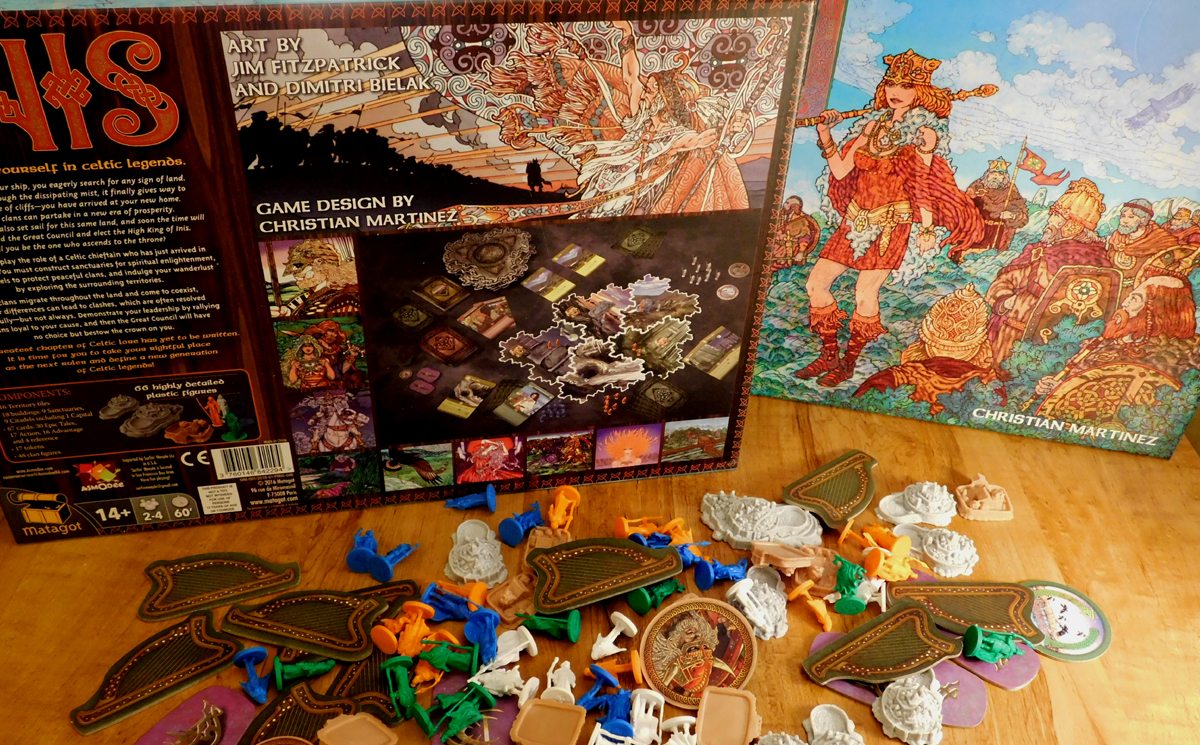
Should You Buy Inis?
Inis is like everything and nothing that you’ve played before. It’s a meticulously-composed dish that uses area control, card drafting, hand management, and push-your-luck mechanics as its ingredients. Dislike one of those elements? Well, that’s okay because there are many more surrounding it.
Inis does something extremely well that I have only seen in a handful of other places. It gives you a very straightforward framework that allows for almost infinite possibility. It doesn’t need hundreds-to-thousands of cards to give you variety. It doesn’t lean on 50 or 60 or 70 different land tiles to flesh out your setting. It lets you get to know the workings of the game intimately within just a few rounds of play, and then lays out the challenge: Now that you know what exists in the game, can you figure out how to use it?
It’s a constantly-shifting puzzle that starts before a single card is dealt and persists until, defeated, you shrug your shoulders and nod your head at that player who just swept your defenses aside and claimed the throne. And while every game is unified by a small library of common cards, each playthrough will be different, as you explore different territories, play different strategies, and find yourself telling a different story.
In short, Inis is not only my favorite game that came out in 2016, but it’s one of my all-time favorite games. It gives the mental satisfaction of a much more complex game in a fraction of the time and, best of all, it has such a gentle learning curve that I’m comfortable teaching this to anyone, not just those with a background in tabletop gaming.
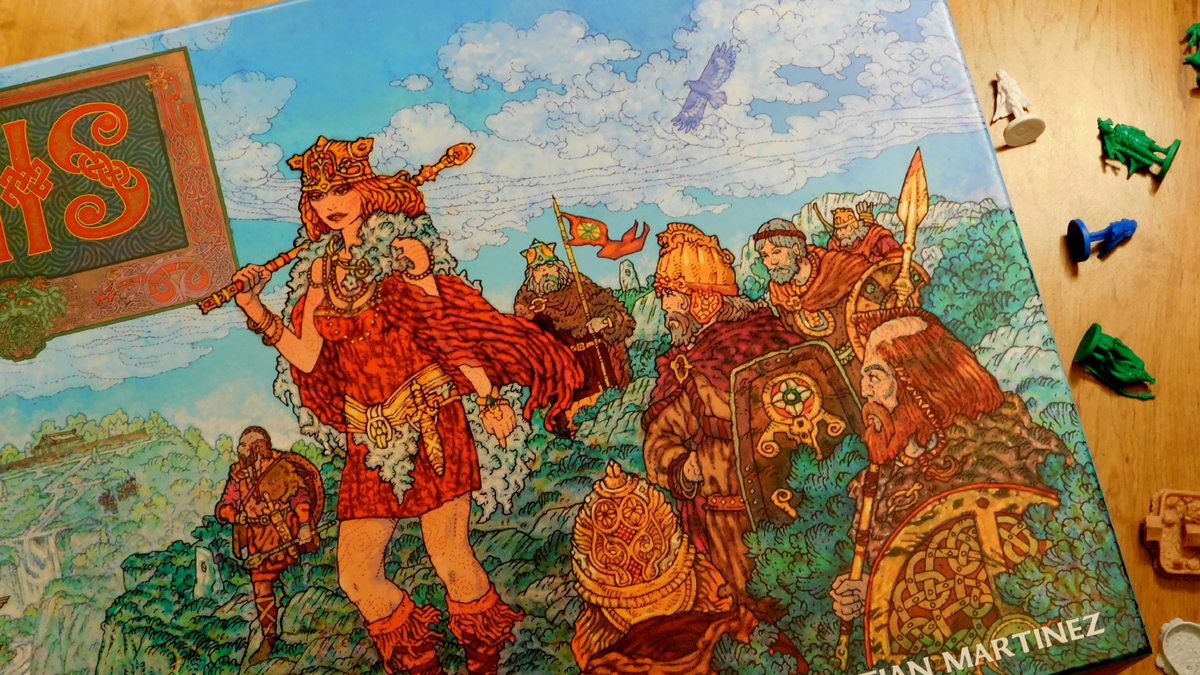
Click here to see all our tabletop game reviews.
If you’d like to stay up-to-date with all of our tabletop gaming coverage, please copy this link and add it to your RSS reader.


